You are here
Back to topSouth African Stone Fruits Set To Enter China by Year End
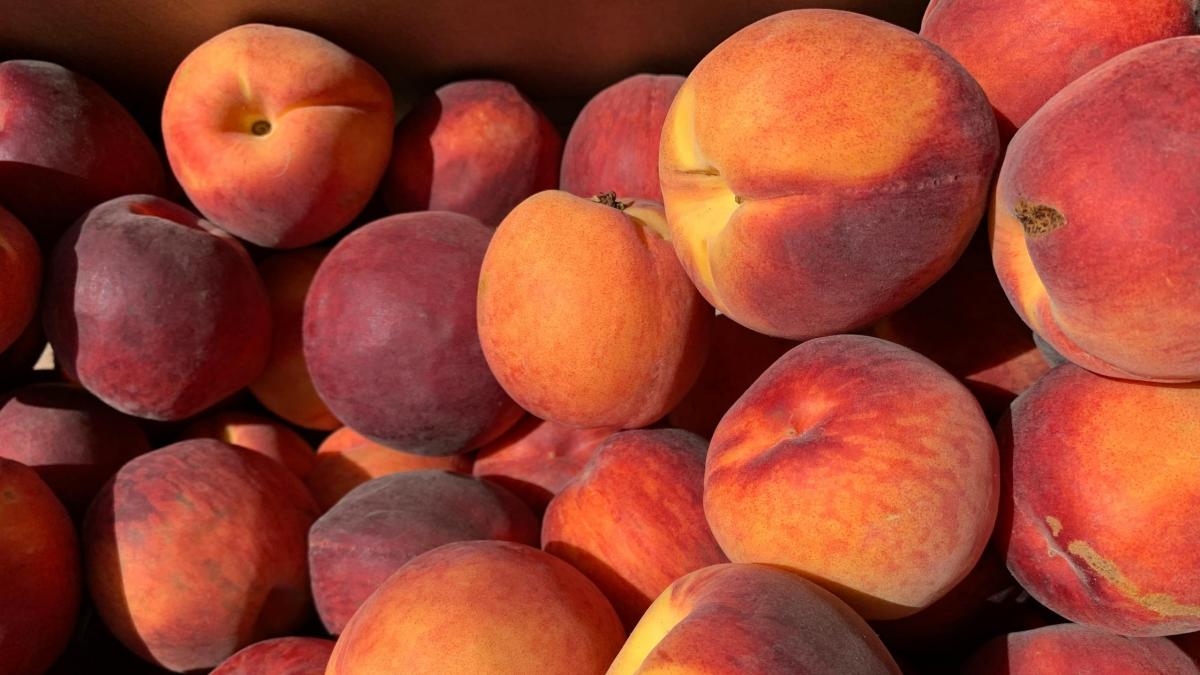
An agreement to open the Chinese market to South African stone fruits is expected to be signed in September, according to South African media reports. This marks a key step in the country’s ongoing strategy to diversify its agricultural export markets.
In late July, South African Minister of Agriculture John Steenhuisen announced at an exporters’ conference in the Western Cape that he had just returned from a visit to China with a draft agreement in hand. He indicated that the finalized accord is expected to be signed during the G20 Agriculture Ministers’ Meeting in September. Exports of South African peaches, plums, prunes, nectarines and apricots to China could begin as early as the end of this year.
Situated in the Southern Hemisphere, South Africa’s stone fruit export season runs from October through March or April. This timing aligns with China’s winter and spring, including major holidays such as the Spring Festival, enabling South African stone fruits to meet the Chinese market’s off-season demand.
South Africa produces approximately 182,000 metric tons of peaches and nectarines annually (primarily yellow-fleshed nectarines), alongside around 93,000 metric tons of plums.
During his address to exporters, Steenhuisen also highlighted the recent decision by the United States to impose a 30% tariff on a wide range of South African products. Although South Africa has long been committed to diversifying its agricultural export markets, forging new trade relationships remains a gradual process that could take several years.
Amid rising trade tensions with the United States and ongoing disputes with the European Union, particularly over citrus and black spot disease, South Africa is increasingly focusing on opportunities in Asia and Africa. The country has invested substantial effort in developing new markets, now exporting apples to Thailand, grapes to the Philippines and red meat to the Gulf region.
Image: Pexels
This article was translated from Chinese. Read the original article.



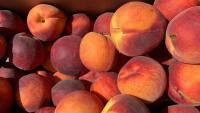
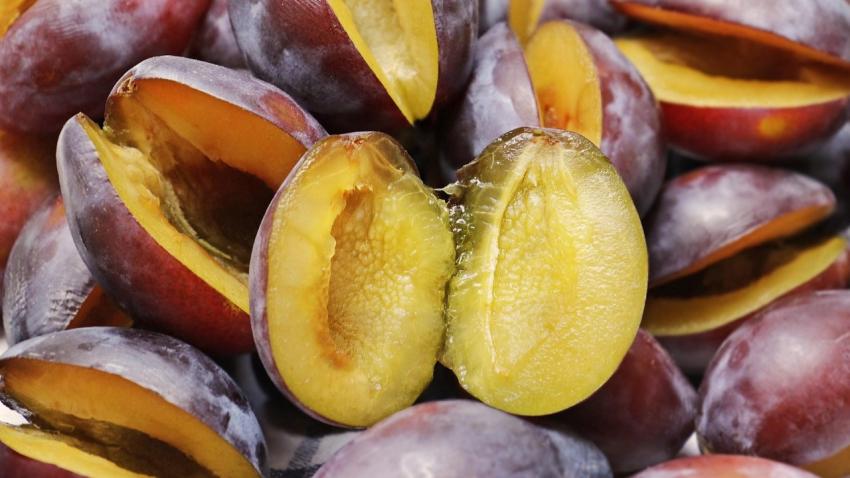
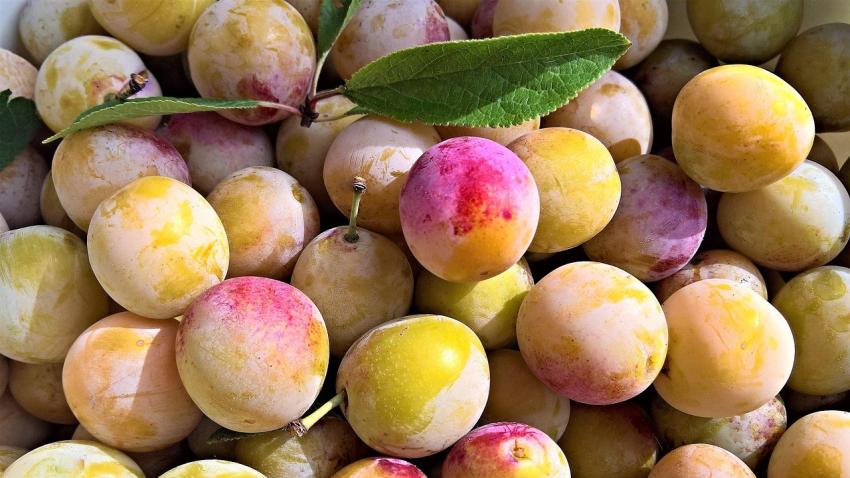
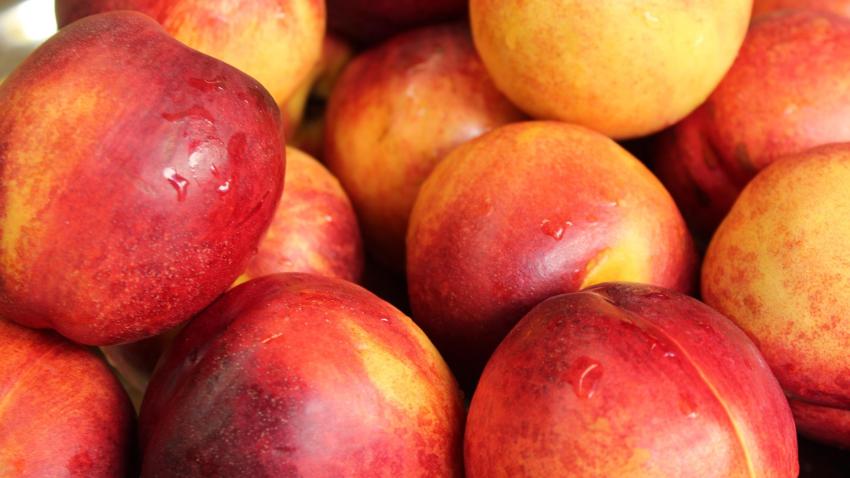

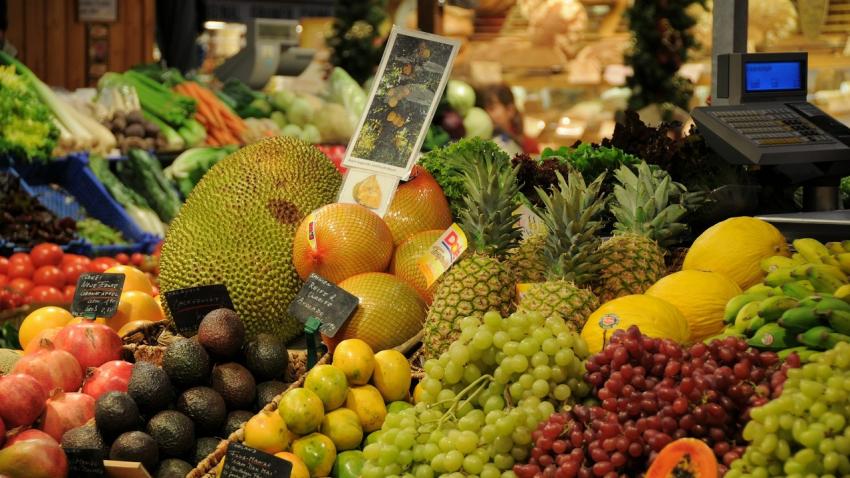
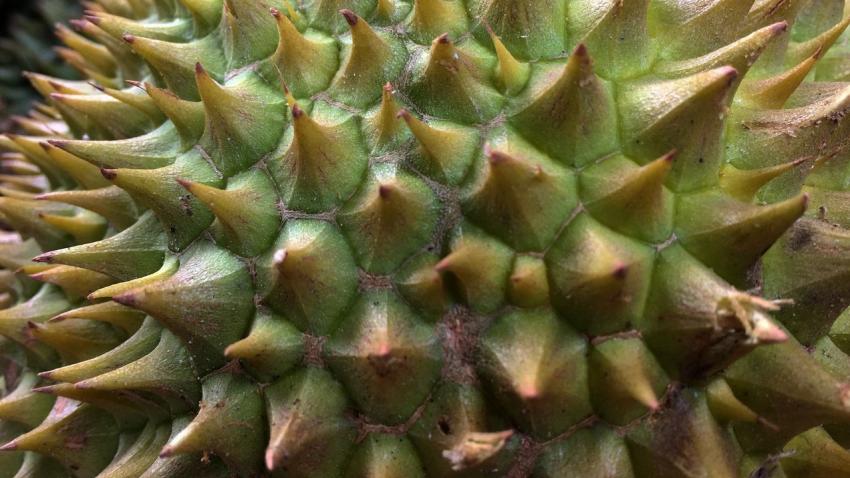

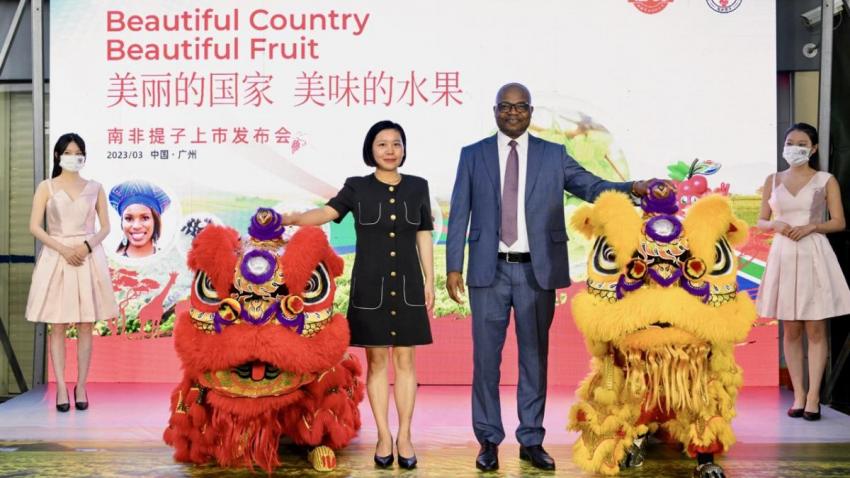

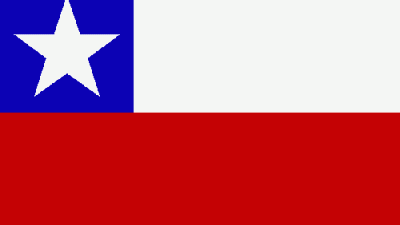

Add new comment